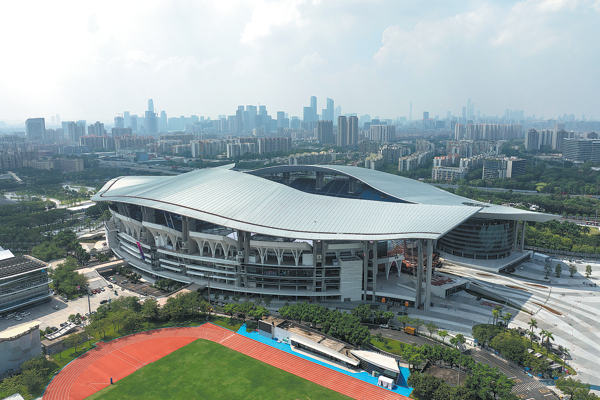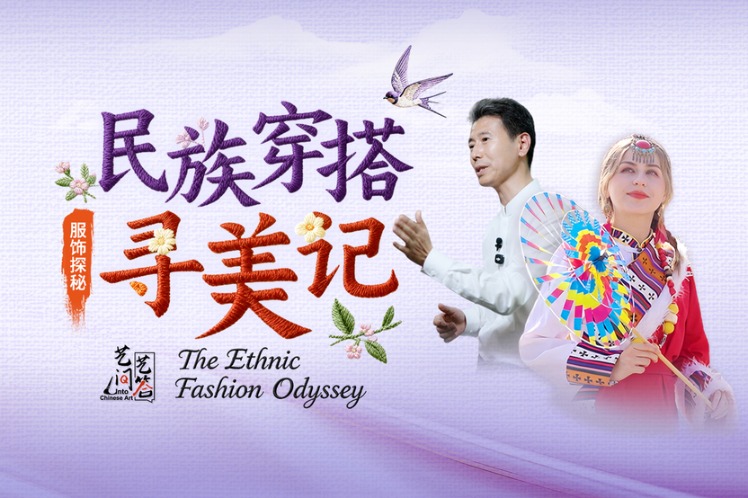Finding comfort in art
Beijing museum showcases some of the finest examples of rosewood furniture from the Ming and Qing dynasties, Wang Ru reports.

In the late Ming (1368-1644) and early Qing (1644-1911) dynasties, rare huanghuali wood, also known as fragrant rosewood, was one of the preferred materials for making furniture that would be used by Chinese literati.
Wang Shixiang (1914-2009), an antique collector, connoisseur and himself a learned man, defined pieces fashioned from valuable hardwood during the period as Ming furniture, and collected more than 80 examples of it during his lifetime.
Visitors can view his personal collection at the Shanghai Museum. However, the newly opened Beijing Tianzhu Huanghuali Art Museum goes further with its exhibition of Ming furniture, most of which is made of huanghuali wood. The collection comprises 370 pieces, a figure that the museum says is expected to increase in the future.
According to Yu Feng, director of the museum, Ming furniture was mainly made in Beijing, North China's Shanxi province, South China's Guangdong province, and areas in the middle and lower reaches of the Yangtze River with Suzhou city, East China's Jiangsu province, as the center of production. Most exhibits at the museum are Suzhou-style furniture.
"Ming Suzhou-style huanghuali furniture is of high value in terms of its artistic and cultural connotations. It can be said to be a carrier of traditional Chinese culture since the ancient furniture is all about the lives of ancient people," says Yu.
The museum has four permanent exhibitions, showing chairs, tables, brackets and beds, respectively, and a temporary exhibition showing furniture similar to the collections of four master collectors of Ming furniture-Wang, Chen Mengjia, Gustav Ecke and Robert Ellsworth-to pay tribute to them.
"Huanghuali furniture is relatively light compared to another type of Ming furniture made of zitan (red sandalwood) and has gorgeous patterns which resemble odd faces, mountains and lakes," says Yu Zhaofeng, a researcher of the museum.
In the chair and stool exhibition area, there stands a huanghuali throne, which shines in a dazzling way under light.
"It shows the beauty of huanghuali furniture's patterns. For example, it has many intriguing patterns, as if ghosts are hidden in the wood, so it gives people the impression of mystery," he explains.
"It is said emperors of the Ming Dynasty were amazed at the patterns of huanghuali wood when Zheng He, an explorer who led expeditions to Asia and Africa, first brought it back to China, so they ordered furniture made with such wood."
In the bed exhibition area, there is a huanghuali bed with six pillars carved like bamboo.
Bamboo has a similar pronunciation to "master" in Chinese. In ancient China, it means the bed belongs to head of a clan.
"Moreover, patterns of pine, bamboo and plum blossoms-three plants reputed to be 'three cold-resistant friends of winter' in China-are carved into the bed, representing the integrity of the bed's owner. The headboard resembles the hat of a monk, which represents the high rank of the person who sleeps in the bed," says Yu Zhaofeng.
The museum also exhibits a Qing Dynasty "fridge" made from huanghuali. It looks like a big box into which people put a large block of ice. They would dig a hole in the ice and put food inside it to keep it fresh and chilled.
"The Palace Museum has a similar 'fridge' made of cedarwood, but this one made of huanghuali wood is more precious. The lining of it is made from a copper sheet to help keep the inside cold," he says.
Visitors are able to touch the exhibits at the museum, since it helps the furniture to form a patina on the surface. Some furniture has formed such a good patina which feels "as soft as baby's skin", he adds.
The museum's exhibits used to be private collections. Yu Feng says he began to develop an interest in Ming huanghuali furniture after reading Wang's books about it. He decided that he wanted to endow his own hobby with social value, and therefore transformed the private collection into a social and cultural resource, opening the collection up to the public after two years of preparation.
Free lectures about ancient Chinese culture, like the totem dragon used in ancient China, are held every week at the museum for children aged between 4 and 13.
"We want to pass the traditional Chinese culture on to future generations, to help them understand their Chinese roots while playing in the museum," says Yu Feng.
"It enables them to feel the traditional culture and inspires them to seek their ancestors' wisdom. It may open a window for them to try and figure out who they are."
If you go
9:30 am-9 pm, daily.
Building F, No 13 Fuqianyi Lu, Shunyi district, Beijing. 010-6947-9638.
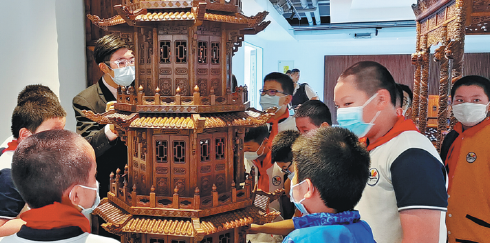
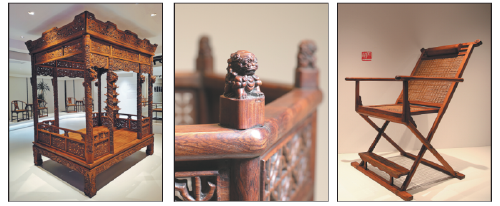
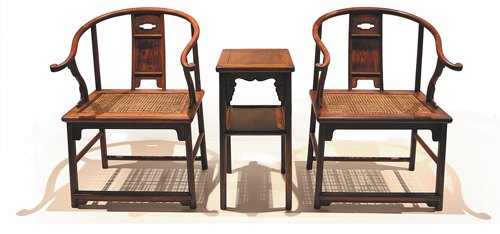
Today's Top News
- Japan must stop playing with fire on the Taiwan question: China Daily editorial
- The one who tied knot must untie it: China Daily editorial
- Xi congratulates Ouattara on re-election as president of Cote d'Ivoire
- Supercarrier to be put through paces
- Game changers for China's sports industry
- EU should not give platform to 'Taiwan independence' separatists


















